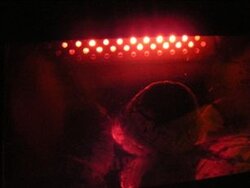I found a used Appalachian that uses a catalytic converter. I barely understand how the new airtites work with their secondary combustion.
can someone tell me how a catalytic converter works and whether or not I should shy away from a stove that uses one?
What are the advantages or disadvantages of a catalytic converter? Will viewing the fire still be a nice as a conventional with secondary burn?
can someone tell me how a catalytic converter works and whether or not I should shy away from a stove that uses one?
What are the advantages or disadvantages of a catalytic converter? Will viewing the fire still be a nice as a conventional with secondary burn?


